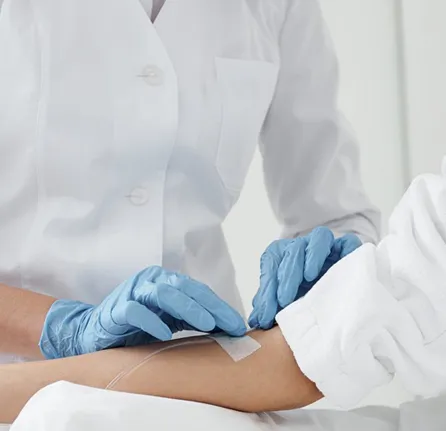From our introduction to IV Therapy, you would have read about what IV Therapy entails, in general. This article addresses those of us who may be wondering: “What types of drips are available to home IV patients in Singapore?”
Whether one is cancer patient receiving IV total parenteral nutrition, a hematology patient requiring injections of clotting factors, or a post-surgery patient completing a course of IV antibiotics – IV therapy at home may very well be an option you can discuss with your primary doctor.
iv drip queens can refer to both injections and infusions. Before administration, dilution is usually needed involving fluids known as diluents.
IV Injections
- IV injections, otherwise known as IV bolus, involves the rapid injection of a one-time dose of treatment into the vein, such as during medical emergencies.
-
IV Infusions
- IV infusions are used to administer treatment slowly but constantly over a period of time. It comes in two forms: (1) Drip infusion and (2) Pump infusion
-
Drip infusion, commonly known as drips, mainly utilises gravity to deliver a constant amount of treatment over a period of time. It involves a fluid bag hung on a drip stand that is attached to your IV line. The fluid container holds all the treatment contents and the drip chamber is employed to count the rate of drips as well as to prevent air from entering the bloodstream. Drip rate refers to an estimation of the rate at which treatment is administered by counting the number of drops per minute. The roller clamp is used to adjust the drip rate.
Pump infusion involves the attachment of a pump to your IV line to more precisely control the delivery of treatment into the body, over a period of time. Two kinds of pump infusions are syringe infusion pumps and volumetric pumps.
- Syringe infusion pumps involve pumps that control the rate of push of a syringe’s plunger, hence controlling the rate of administration of treatment over a period of time.
- Volumetric pumps involve IV drips with the addition of pumps to better control infusion rate



